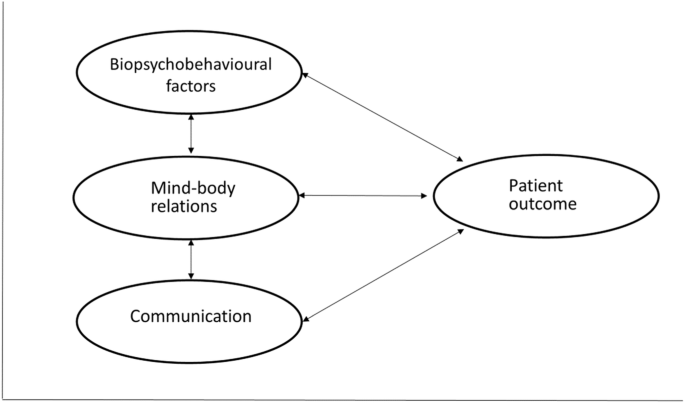Plaquenil Vision Side Effects: Risks and Prevention
:max_bytes(150000):strip_icc()/GettyImages-557136101-56a9cff33df78cf772aab5f3.jpg)
Plaquenil (hydroxychloroquine) is used to treat several inflammatory conditions as well as malaria, but you should be aware that Plaquenil side effects can affect your eyes and vision if you are taking it.
Plaquenil is in a class of drugs called disease-modifying anti-rheumatic drugs (DMARDs), which are used to decrease inflammation, pain, and joint damage. While today it is used to treat autoimmune conditions, such as rheumatoid arthritis and lupus, it was used first as an anti-malaria drug.
The eye-related side effects of Plaquenil are uncommon but severe enough to warrant paying extra attention to what’s going on.
Hydroxychloroquine Retinopathy
In some people, Plaquenil can cause a condition called hydroxychloroquine retinopathy, often referred to as bull’s-eye maculopathy. The condition can cause the appearance of a target, or bull’s-eye ring, on the retina surrounding the macula. The retina is the tissue in the back of the eye that receives light; the macula is the area responsible for central vision.
Hydroxychloroquine retinopathy is rare. It is most often seen in cases where the dosage is high or a person has been taking the drug for several years. When it does occur, Plaquenil side effects can be devastating to your vision.
Initially, central vision is not affected. You may notice a ring of disrupted vision that can interfere with reading.
As the disease progresses, it begins to affect central vision and can become life-altering. The changes caused by these Plaquenil side effects are permanent, so early detection of this condition is paramount.
Symptoms
If you have odd visual changes at any time while taking Plaquenil, see a healthcare provider. These changes may include blurry vision, circular patterns, or changes in how you see color.
Risk Factors
Taking Plaquenil for more than five years is a key risk factor but it is not the only one. Others include:
- Older age
- Preexisting retinal disease
- Higher body mass index
- High dosage relative to weight
- Being assigned female at birth
- Chronic kidney disease
The cumulative dose of Plaquenil (the total amount you’ve taken over time) was previously considered to be “simple indicator of risk,” according to the American Academy of Ophthalmology, “but this does not hold up well.” The organization says that “duration of use relative to daily dose/weight” is a more accurate measure.
Testing
Most rheumatologists recommend that people undergo a baseline eye examination prior to starting Plaquenil. Because retinal toxicity is much more likely after five to seven years, annual exams should start once you’ve been on the drug for five years.
Some healthcare providers favor more frequent testing to check for Plaquenil-related vision changes, including a full evaluation every 18-24 months during the first five years and annually thereafter.
Guidelines for Plaquenil screenings have expanded over the years and the technology for detecting retinal changes has improved. Currently, a Plaquenil eye exam should including the following:
- Visual field test to check for narrowing of the visual field
- Spectral-domain optical coherence tomography, which yields high-resolution three-dimensional pictures of the eye
- Multifocal electroretinogram to examine the retina
- Fundus autofluorescence to examine the back of the eye including the retina and macula
A healthcare provider may recommend frequent, simple at-home tests in addition to extra eye exams.
Summary
Plaquenil (hydroxychloroquine) offers benefits for many people who take the drug to treat inflammatory diseases, like lupus, or as an anti-malarial medication. Yet Plaquenil has side effects that may harm your eyes and vision in potentially serious and permanent ways.
The long-term use of Plaquenil increases the risk of a rare but severe condition called hydroxychloroquine retinopathy. It’s for this reason that healthcare providers typically monitor people more closely when they have taken Plaquenil for more than five years.
link

:max_bytes(150000):strip_icc()/BedinghausNew-5949793f3df78c537b43aa40.jpg)





